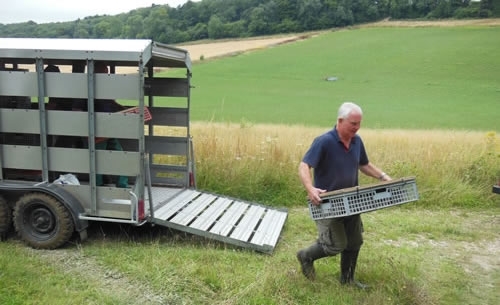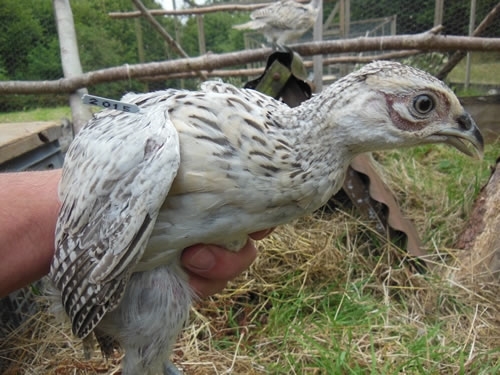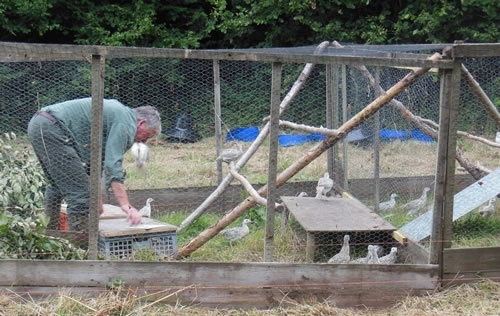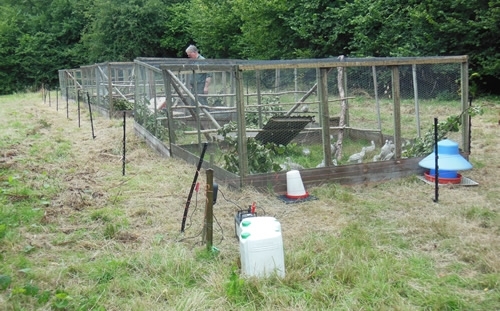by Francis Buner, Senior Conservation Scientist, GWCT
There are many ardent grey partridge enthusiasts out there whose cherished dream is to have a sustainable stock of wild grey partridges on their farm. The motivation may be to nurture enough to provide a shootable surplus, or simply to bring back a species to the farm which used to be common.
However, in reality, no matter how much effort is expended, the dream frequently ends in disappointment or is a non-starter full stop.
The subject of successful grey partridge recovery is complex as anyone interested in the bird will know. One problem that greys can encounter, despite the best efforts of the keeper, is that if red-legged partridges are released whilst greys are recovering, then there is a high chance that the project will fail.
As the two gamebirds essentially share the same habitat, frequent shooting will invariably result in accidental killing of greys and a level of disturbance that leads to increased dispersal as the grey partridge is much less tolerant than the red-leg.
Fortunately, the same does not apply to the releasing of pheasants – particularly cocks. Providing that wild bird keeping effort is carried out all year round to the highest standard in terms of code of practise and the legal framework – most importantly foxes, mustelids, rats and corvids - with an intensive period from March to July to ensure maximum breeding success, pheasant shooting based on moderate numbers of released birds is compatible with wild game recovery.

Our pheasant poults arrive in early August – cocks only.
Also, where keepers are asked to rear their own birds for release they typically find predator control during the breeding season difficult owing to lack of time. At Rotherfield we therefore buy our poults from a trusted local game farm which arrive at an age of 7 weeks in early August.
All 600 double wing-tagged pheasants were directly transferred into movable 10 x 20-feet pens which are all covered with nets to stop raptor predation. An electric fence is intended to keep badgers and foxes out.
Each double pen holds 50 birds, 150 per release site. For each release site we use differently coloured colour-tags including the year of release. This helps us monitor success on our shoot days which is essential to help improve a shoot.
How else would you know where the pheasants in your bag have come from? As we aim for a wild bird shoot at Rotherfield, we only shoot cocks and therefore we only release cocks. We want our hen pheasants to be as wild as they possibly can be so they can rear their own chicks in the wild.

Each pheasant is colour-wing tagged including the year of release to allow for monitoring of release and shooting success.
Our pens provide plenty of cover and roosting perches as we want our conventionally-bred pheasants to behave as naturally as possible once in the wild, given their lack of opportunities to learn wild behaviour during their early upbringing. Each pen also has plenty of water and food of course.
Once the birds are released – in our case in stages between mid-August to early September - there is no coming back. We want our released birds to be as wild as possible to provide as challenging a shoot day as possible. Anyone who has been shooting at Rotherfield will certainly know that!

At Rotherfield the pheasants are released from movable pens. This allows for easy change of location in following years if needed, efficient disease monitoring and protection from raptors while in captivity.

At each release site we keep 150 birds in three pens, each 10 x 20 feet in size, containing plenty of cover, roosting perches, food and water.
Please help us continue our work on this project